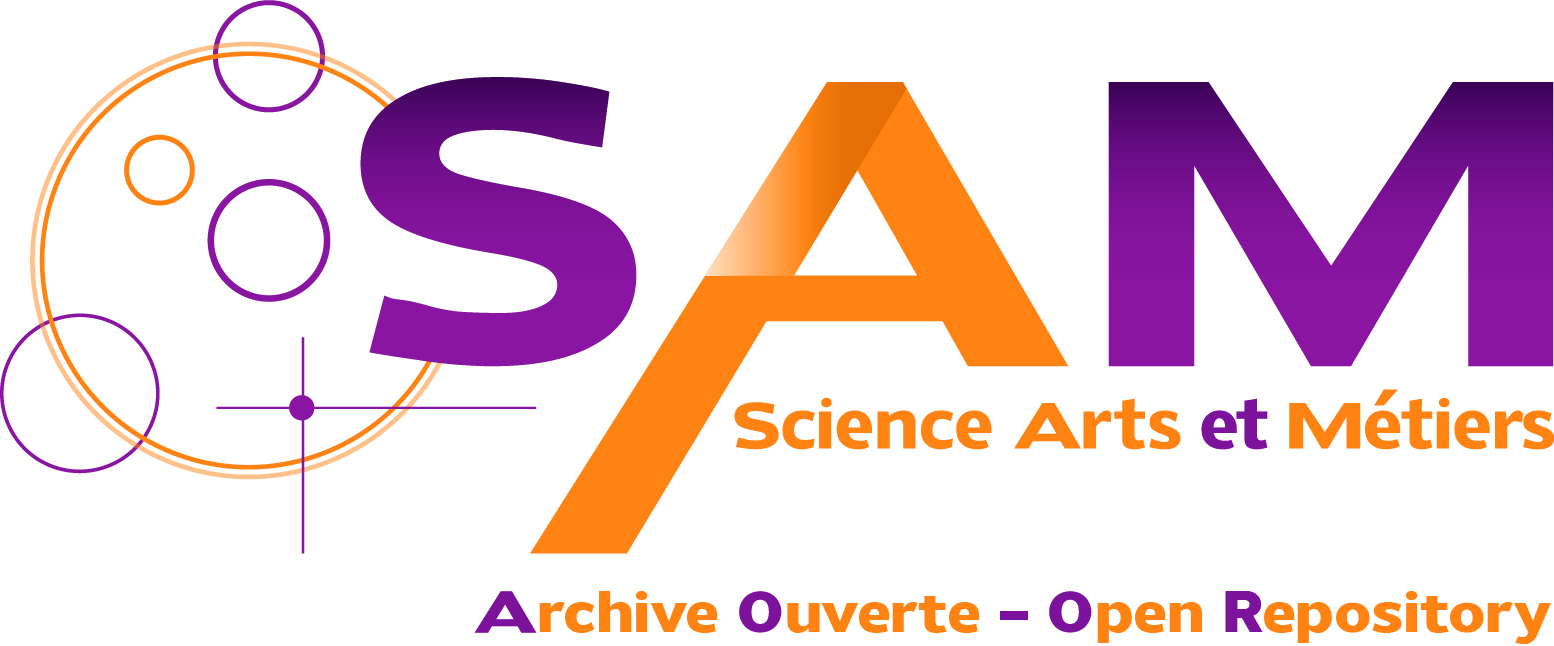Applicability of impulse excitation technique as a tool to characterize the elastic properties of pharmaceutical tablets: Experimental and numerical study
Résumé
Elastic properties are of particular interest during the development of tablets especially for the definition of the formulation and of the process parameters. Impulse excitation, which is used in several industrial fields to determine elastic properties of materials, is presented in this article as a new fast and relatively cheap technology for the determination of elastic constants of pharmaceutical tablets. This technique is based on the detection of the natural resonance frequencies of solids. It was found in the present work that, for tablets obtained using different products under different compaction pressures, it was possible to detect clearly at least 3 resonance frequencies. Moreover, the shape of the resonance peaks obtained in the spectrum could be a sign of the viscoelastic nature of the tablet. With the two first resonance frequencies, it was possible, under the assumption of isotropy, to calculate Young's modulus and Poisson's ratio for each tablet using the methodology presented in the norm ASTM E1876-01. The values obtained were found independent of the tablet size as expected, and were consistent with those presented in the literature using other methodologies. Moreover, using FEM simulation, it was found that the difference between the experimental value of the third resonance frequency and the value obtained numerically was well correlated with the expected anisotropy of the tablet. Impulse excitation could thus be an interesting methodology to study tablet anisotropy.
| Origine | Fichiers produits par l'(les) auteur(s) |
|---|




